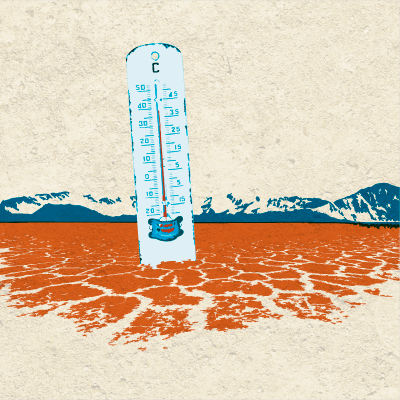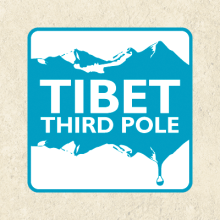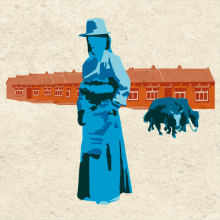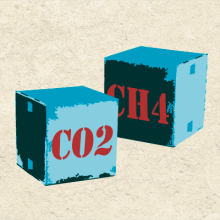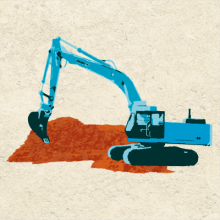Tibet is warming THREE TIMES AS FAST as the rest of the world. Glaciers are melting, putting millions of people at risk from floods, water shortages and sea level rises, and threatening coastal communities and habitats.
As temperatures rise, the permafrost layer thaws, releasing trapped methane into the atmosphere. Methane is another powerful greenhouse gas which exacerbates warming, further contributing to a climate change loop.
Temperature increases and glacial melt will provide more water in the short-term, but more run-off water will lead to increased flooding, negative impacts on fisheries and a destruction of river ecosystems.
Over the long-term, glacial shrinkage will reduce water supplies in dry seasons, creating increased variability in water availability. The region can expect to experience shorter, more intense, rainfall and lengthier drought periods. The fertile plains of the Ganga, Indus and Brahmaputra depend on the rivers flowing from the glaciers. Reduced water availability and lengthier drought periods will diminish regional agricultural productivity. The World Bank has estimated that crop yields could decline by up to 30 per cent in South Asia by the mid-21st century. Higher temperatures are also expected to result in a decline in rice yields. Fish production will also face losses due to rising temperatures, reduced precipitation and more droughts, as overall river flow reductions affect fish migration.

